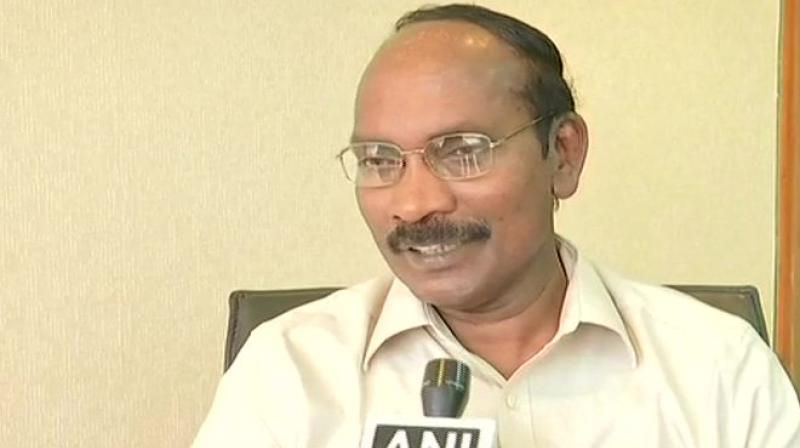It\'s not over yet, will try to re-establish connection with Vikram: ISRO chief
Sivan said the setback won’t affect India’s space programme including its first manned mission, Gaganyaan.

Bengaluru: Indian Space Research Organisation (ISRO) chief K Sivan told the national broadcaster that scientists will continue to contact Vikram, which had life of a lunar day which translates into 14 earth days, suggesting efforts to re-establish communication with Chandryaan 2’s lander Vikram.
“We will be trying to establish a link, we will try for the next 14 days,” said Sivan when asked if there was any chance of reconnecting with the lander.
ISRO’s plan to soft land Chandrayaan-2’s Vikram module on the Lunar surface did not go as per script in the early hours of Saturday, with the lander losing communication with ground stations during the final stage of descent.
“Powered descent included four stages, the first 3 phases were executed nicely but the last one was not executed in a nice way and we lost the link with the lander,” said Sivan in his first TV interview after completion of the mission.
In another important announcement, Sivan made it clear that the setback won’t affect India’s space programme including its first manned mission, Gaganyaan, planned for the end of 2020.
“Whatever happened today is not going to affect any of the ISRO’s activity. We are extremely busy with Gaganyaan project, which is due by the end of 2020,” Sivan told Doordarshan.
Sivan said that Chandrayaan 2 was “almost 100 per cent successful” as the Orbiter tasked to carry out the science experiments was placed successfully while the Lander and the Rover component of mission, aimed to demonstrate technology, was 90-95 % successful.
“Regarding the technology demonstration part, we could descend up to two kilometers… 90-95 per cent of technology aspect was also achieved,” he said adding, “Chandrayaan mission was very close to 100 per cent success”.
ISRO Chairman was excited about the possibility of finding water or ice during the several new experiments to be carried out by the Chandrayaan Orbiter, armed with special SAR L band camera, capable of penetrating the surface of moon up to 10 metres, Hindustan Times reported. All previous missions including Chandrayaan 1 had only SAR S band camera, Chandrayaan 2 has both.
“SAR imaging data will be available for the first time for the entire world to see,” said Sivan.

